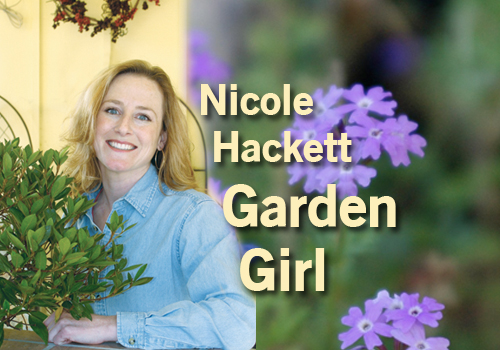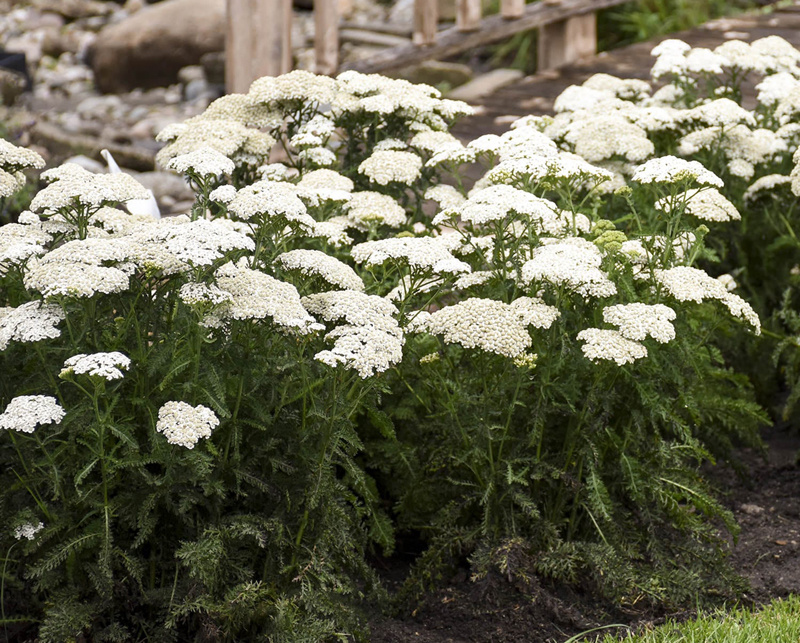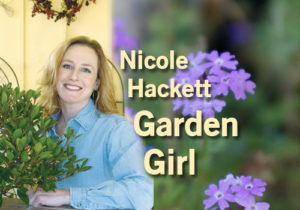
Still time for that one last summer blast from the garden

 CONTRA COSTA COUNTY, CA — August brings the opportunity to get one more burst of flowers out of your summer perennials and annuals.
CONTRA COSTA COUNTY, CA — August brings the opportunity to get one more burst of flowers out of your summer perennials and annuals.
Those penstemon, yarrows, roses, butterfly bushes, salvia, million bells and verbena that bloomed for you all spring and into summer can be swayed into another flower surge to be enjoyed well through October.
The first step to manipulating a plant into blooming is in the pruning. Salvia and butterfly bushes should have a third to half of their overall growth cut back. That means pruning around the sides and down from the top.
It’s important to cut the entire plant evenly so the new growth looks consistent. Often, you will see plants pruned around the sides, letting the top grow taller. This makes for a woody plant, which becomes unsightly. Flowers appear only at the top, while the wood looks dry through the middle.
Deadhead your roses
Roses are always very giving of flowers throughout the spring, summer and fall. Visit your rose garden this month to deadhead expired and nearly faded roses. Remove the blooms and scoot down a few leaf sections along the stem. Make your cut just above a leaf section with five leaflets facing outward. This is where the rose naturally wants to grow.
Your rose bush may be showing fresh, red growth from these sections already. which makes choosing a place to prune amazingly easy.
Yarrow is that perennial group whose flat clusters of flowers are bee and butterfly landing pads. They thrive in a hot, Clayton Valley landscape. It takes guts to prune yarrow since you must prune down all the stems to the ground – leaving only the fern-like bottom foliage.
Cuts this deep encourage the perennial to send up new, blooming arms, rather than tiny side blooms from existing arms.
Be tough when pruning your penstemon, too. Remove faded flowering stems clear down to the bottom of the plants, just like you pruned the yarrow.
Million bells and verbena are heavy bloomers, but controlling their growth allows for healthier plants. Million bells shouldn’t be allowed to stretch past 24 inches or their centers become thin. Verbena should be kept at 30 inches wide. Remove a quarter of this season’s growth, or half if your plant has already begun to thin in the center. This type of pruning will initiate new stems from the base and fresh growth.
Fertilizing
After pruning, fertilize flowering plants with water-soluble fertilizer formulated for growth, such as 15-6-3 or 4-1-1. Feeding this way will encourage recently pruned plants to grow new stems and leaves. We use water-soluble fertilizer this time of year since it is easier for plants to digest during the dry months.
Always fertilize a plant that has been recently hydrated. Feed toward the roots of the plants and apply in the early morning or evening hours.
Three weeks after fertilizing for growth, it is time to feed for bloom. Use a water-soluble fertilizer with the number sequence like 2-10-10 or 3-20-20. Less nitrogen and more phosphorous creates more flowers.
Mulching the roots around flowering shrubs and perennials is so important this year. Do your landscape a favor and apply a couple inches of compost around each plant’s drip line.
Find some extra water for younger plant installations and container plants. This summer, we have been saving a couple gallons of water from each shower to water our new installs and container plants. Also, the slimy dog water has been great on my shade patio plants. I actually think they prefer it.
Nicole is the Garden Girl at R&M Pool, Patio, Gifts and Garden. You can contact her with questions or comments by email at
gardengirl94517@yahoo.com
